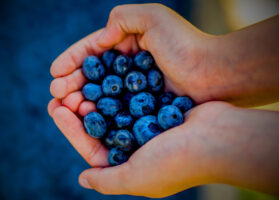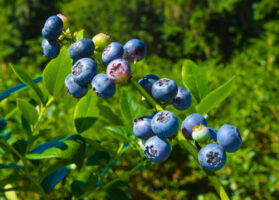California avocado season on track amid rising input costs

Overview of avocados from California in the U.S. market, complemented by charts from Agronometrics. Original published on April 2, 2024.
By Carla Espinoza Gutiérrez
Despite weather, production, and pest challenges, positive projections continue for the 2024-25 California avocado season.
A rainy 2023 brought much-needed replenishment for water storage reservoirs, Cayucos avocado grower Daryn Miller tells FreshFruitPortal.com. Miller works at his family’s farm in coastal San Luis Obispo County.
In late February, the California Avocado Commission (CAC) forecasted 208 million pounds to be produced by the state in the 2024-25 season. Miller estimated that the figure could go up to 210 million pounds across approximately 50,000 acres planted in the state.
“Particularly at our grove, we have quite a bit of good things going on with regards to our trees being a little younger and really responding well to the abundant rainfall that we got in 2023,” Miller said.

Source: USDA Market News via Agronometrics.
(Agronometrics users can view this chart with live updates here)
Challenges
Surges in fuel and energy costs, however, have led to “price uncertainty,” Miller said. He hopes growers can close the gap and establish more favorable, stable pricing through positive messaging about local avocados.
Trucking the fruit to the packing house is getting increasingly expensive, he explained. “And everything is getting a lot more expensive and we’re not necessarily seeing those expenses reflected in the price increases we are receiving every season.”
“Diesel is up, gas is up, and that impacts everything we do. Electricity costs are going way up and, you know, fertilizer is also impacted primarily by that as well as box goods that we utilize for crop protection,” Miller added.
Last year, unprecedented rainfall from atmospheric rivers in California caused an unexpected thrip infestation that affected fruit quality from mid-July into late August. Miller said growers in the area usually do a control spray in late May.
“It’s more by district. I don’t think maybe Ventura County got it as bad as San Francisco County, or Santa Barbara County. Most guys I think ended up doing at least two sprays, some maybe even three last year,” he explained.
Cayucos growers expect to keep harvesting for another two to three months, Miller said, as the hub waits for imports to clear out.
“We’re trying to find a window of time when there’s a short amount of exports or imports being brought in, and we’ll just kind of time it in that regard, talking with our various field reps and whichever packinghouse we will proceed with,” Miller said.
Regarding prices, Miller said that this is an ongoing issue for California avocado growers.
“I think if everybody knew that they would be getting a certain price per pound, whether it’s $1.50 or $2 a pound or whatever they’re going to budget for, it would make it a lot easier,” he said.
Sustainability
CAC continues to encourage California shoppers to buy local to “keep benefiting their communities, their growers, the field workers that are there, ensuring they have a job,” Miller said.
Aside from the associated costs of fruit hauling, he pointed out that imported produce also generates higher carbon dioxide emissions.
“When you talk about an avocado being grown on the Central Coast or Southern California, it’s traveling significantly less as far from where it was originally grown and therefore using a lot less fuel to get to the market,” Miller said regarding the industry’s footprint.
The News in Charts is a collection of stories from the industry complemented by charts from Agronometrics to help better tell their story.
Access the original article with this (Link)






